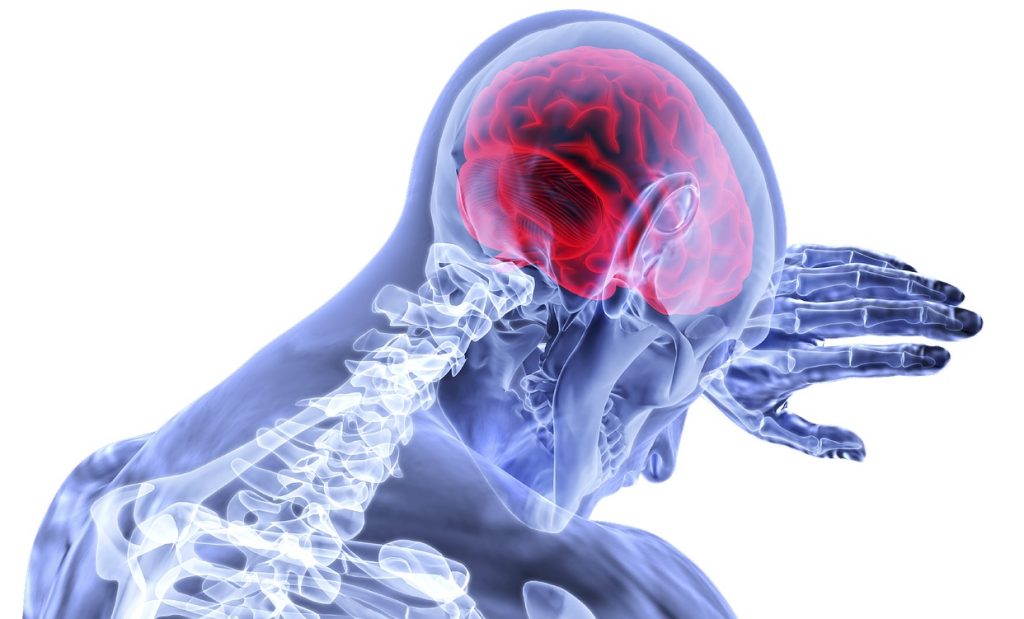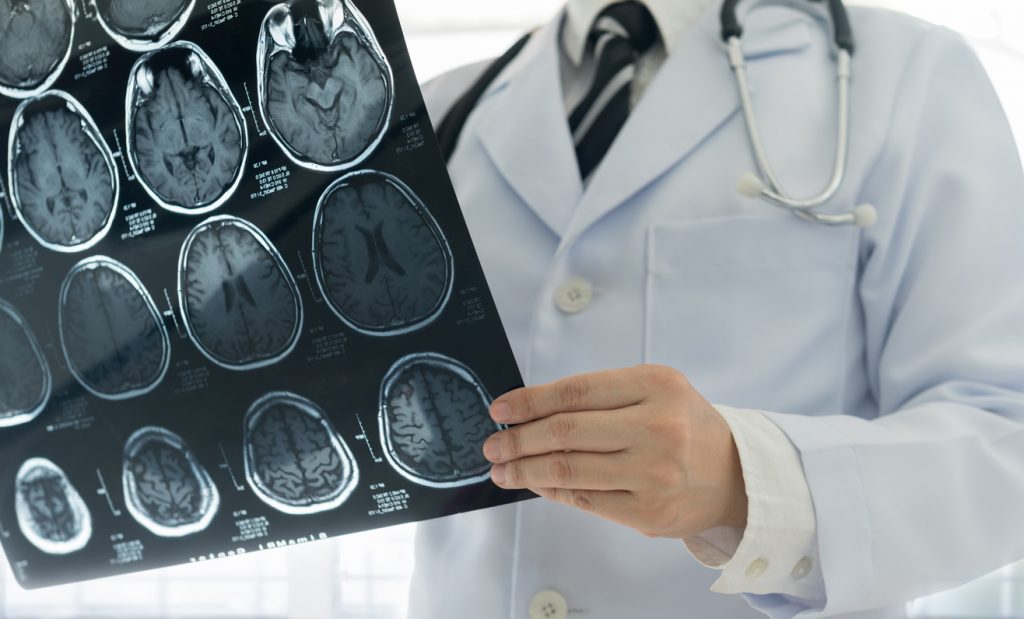Video transcript
Cervical dystonia is a primary neurological disorder in most cases. By that we mean that there is no structural problem that we can see in the brain on a brain scan. It’s got other names like spasmodic torticollis. It is relatively rare, so it is under or misdiagnosed. Where I come from in Perth, with a population of around one million there is probably three, four, five hundred people with the condition.
What is cervical dystonia?
So what it is, is a combination of postural abnormalities of the neck. It can be rotatory, so pulling to the left or right, sideways, backwards, forwards, all combinations of these pullings. There can be an element of pain. In some people the muscles are fighting each other and they end up with a head tremor.
So there can be varying degrees of those three symptoms in different patients. Some patients may simply have a troublesome tremor of the head that they find embarrassing. Some people have severe postural abnormalities. Their head is essentially stuck to their shoulder and they can’t turn to look in their environment, to look at people. And then some people can have severe pain in the muscles that are causing the pulling.
What causes cervical dystonia?
We don’t know what causes it. But we know a lot about what’s going on in the brain descriptively.
It’s a brain plasticity disorder. And by that we mean that the brain has made bad connections. I describe it to people as, “Look, the hardware is fine but there’s a software problem,” and the way I explain it to people is that the area of your brain that decides that your head is straight has suddenly decided that this is the position your head should be in. Because there is, it’s called an integrator for head and eye position, there’s a network in the brain that controls head movement and its malfunctioning.
So in the case of torticollis it’s the realignment of the brain’s presumed central position. In tremor, there’s muscles that are fighting to hold the head still and they’re activating against each other and pulling and causing the tremor. So that’s the explanation I give people.
Book your health appointments online
Find and instantly book your next health appointment with Healthengine
Treatments for cervical dystonia
Prior to the introduction of botulinum toxin, patients suffered. There was no really good treatment. They were given medications to relax the muscles that would damp down brain function with lots of side effects and minimal benefit.
In the 90s the introduction of Botox was life changing. Botulinum toxin. What that does, we inject it into the dystonic muscles – the overactive muscles – that reduces the strength in the muscles that are pulling or causing the tremor, and it relieves symptoms for 3-4 months.
Botulinum toxin for cervical dystonia therapy
The majority of patients with cervical dystonia will benefit from Botox. There is no doubt about that. But we’re probably under-treating people. They will say there is an improvement but there is never complete improvement of the symptoms. At the end of the day if people’s pain, spasms, tremors, overall quality of life is better with regular Botox then they have lifelong, regular treatment.
Botox can fail in certain patient groups. It can fail when we initiate treatment. For some patients, even at the maximum doses the spasms won’t be relieved. Or there are muscles that we can’t get to: behind the voice box, near arteries and other sensitive anatomic structures that we cannot inject. If they’re involved, Botox will fail.
The other group is that after several treatments of Botox over years, you can develop blocking antibodies and your immune system blocks any beneficial effect of Botulinum toxin and it simply does nothing. That’s called secondary non-response.
The third group is patients who have partial responses and who essentially get treatment fatigue. I mean, imagine after 10 or 12 years of three-monthly, in some cases quite painful, injections. They’ve simply had enough.
Deep brain stimulation for cervical dystonia
At that point, if their dystonia is severe enough, they would generally be offered deep brain stimulation of the preferred target of the brain, the globus pallidus. It’s an area in the basal ganglia. They need to be implanted bilaterally for the benefit to occur. And it has a reasonably high success rate and it appears to be durable, lasting several years beyond seven plus years in the trials that have been published to date. So that’s a good long term option for people who have either failed or had enough of Botox.
Deep brain stimulation is covered by Medicare for cervical dystonia. It differs from state to state but most states will have access to DBS in both the public and private health system. The cost will vary from centre to centre but the estimates of the costs of deep brain stimulation, including all the surgery, the implants, all the other management, is around $70,000.
So that $70,000 cost of deep brain stimulation surgery is borne by the government hospital system for public patients. In the private system it’s covered by health funds. There may be out of pocket expenses depending on individual doctors that people are seeing.
Video kindly featuring:
Dr Julian Rodrigues MBBS FRACP; Consultant Neurologist at Hollywood Medical Centre, and Editorial Advisory Board Member of the Virtual Neuro Centre.
All content and media on the HealthEngine Blog is created and published online for informational purposes only. It is not intended to be a substitute for professional medical advice and should not be relied on as health or personal advice. Always seek the guidance of your doctor or other qualified health professional with any questions you may have regarding your health or a medical condition. Never disregard the advice of a medical professional, or delay in seeking it because of something you have read on this Website. If you think you may have a medical emergency, call your doctor, go to the nearest hospital emergency department, or call the emergency services immediately.







